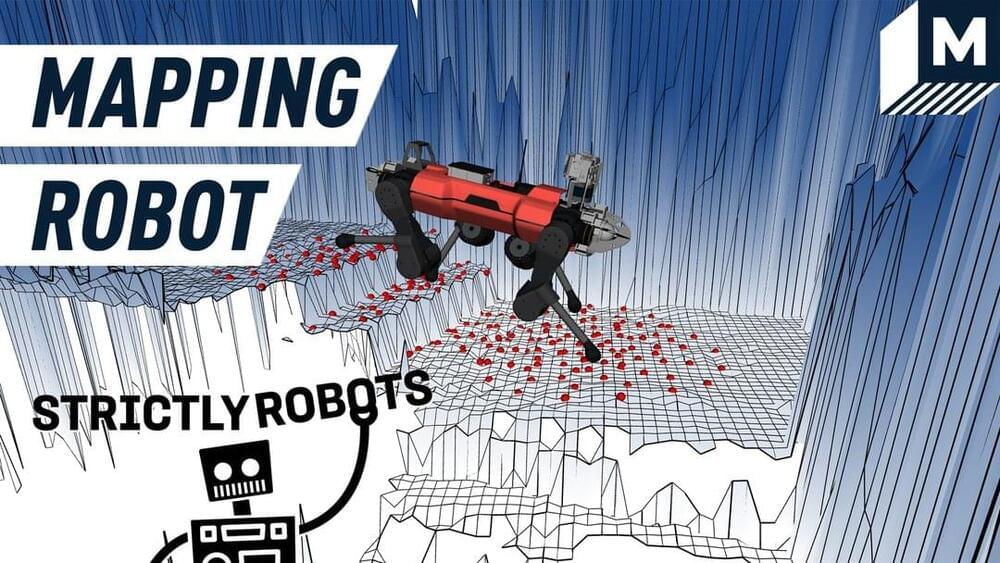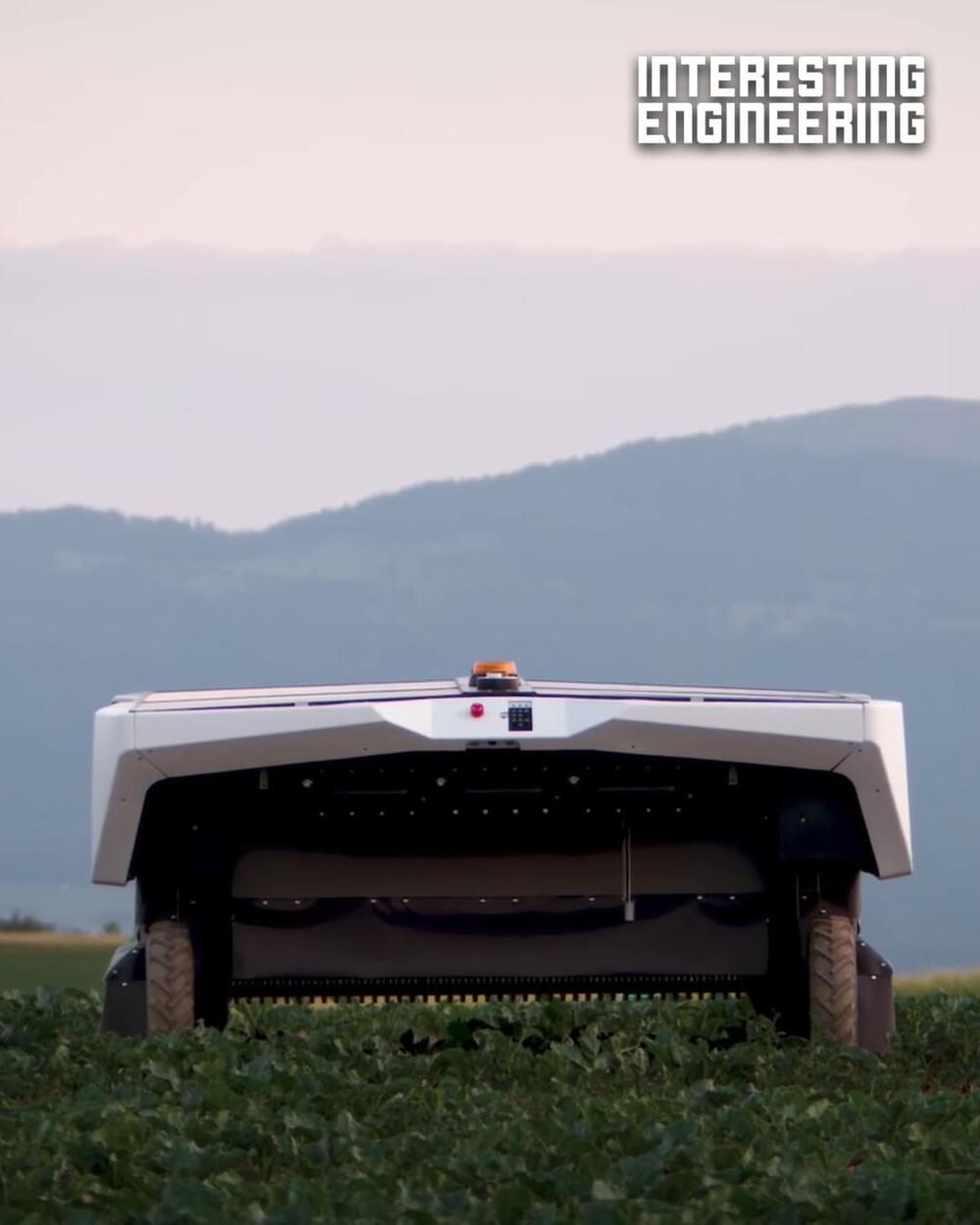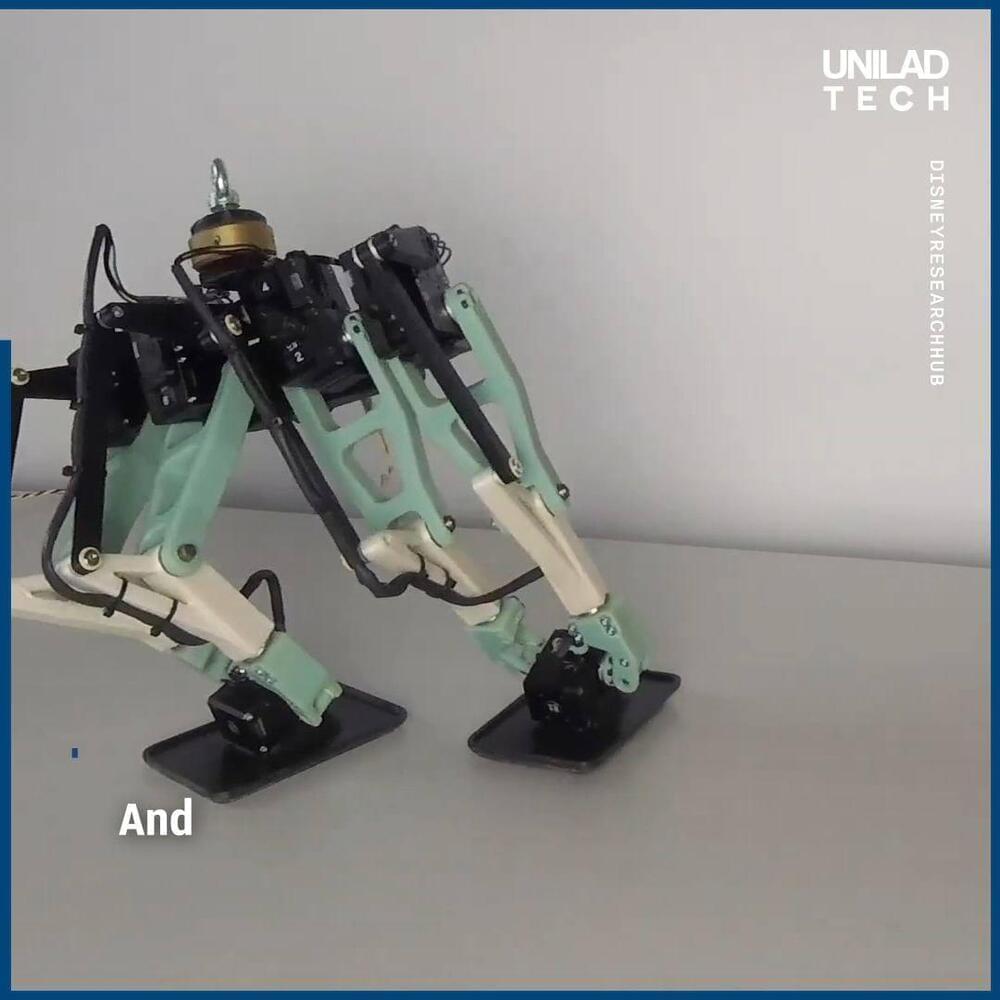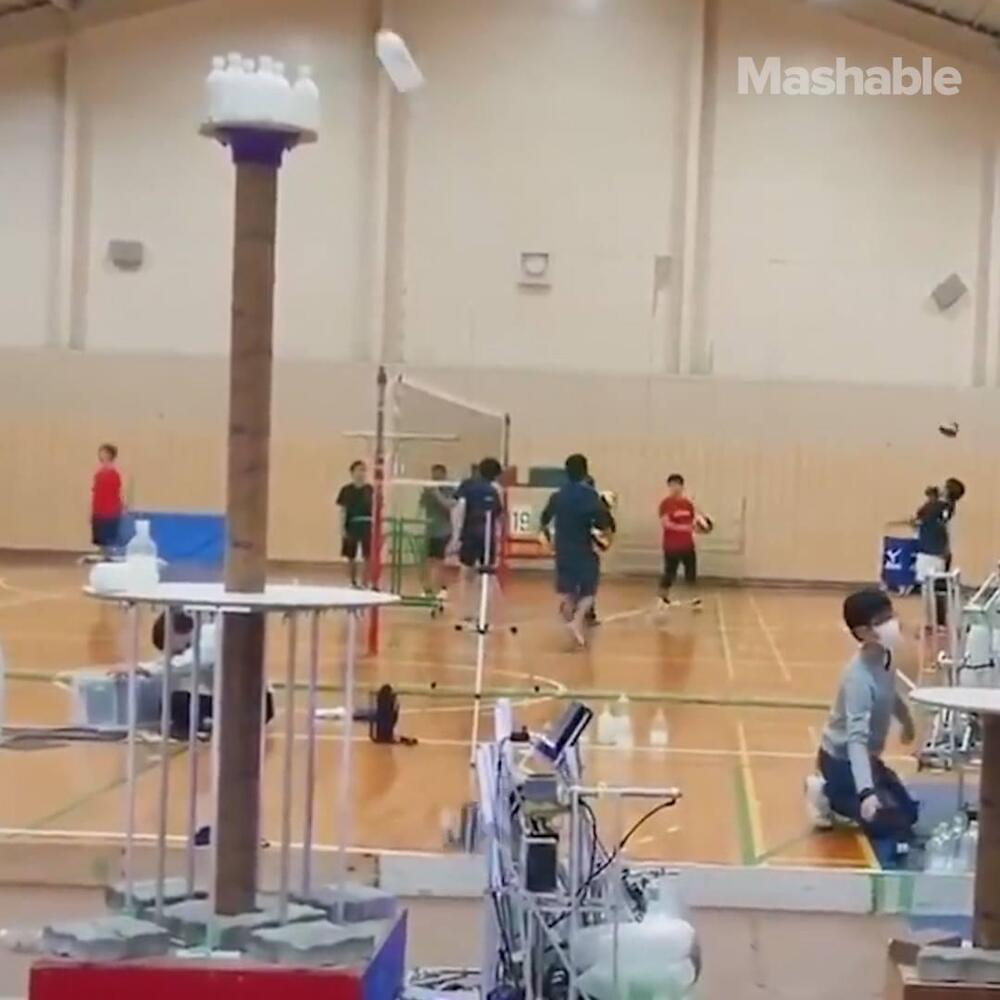Seattle-based architecture firm SRG Partnership has reimagined the Hayward Field stadium in Eugene, Oregon, with glulam beams supporting an ETFE canopy.
Hayward Field, home to the track and field facility for the University of Oregon, was recently renovated in order to include a new grandstand and canopy.
The redesigned stadium has 12,650 seats with 84,085 square feet (25,630 square metres) of concourses and ramps, along with 40,000 square feet (12,190 square metres) of underground training facilities.









